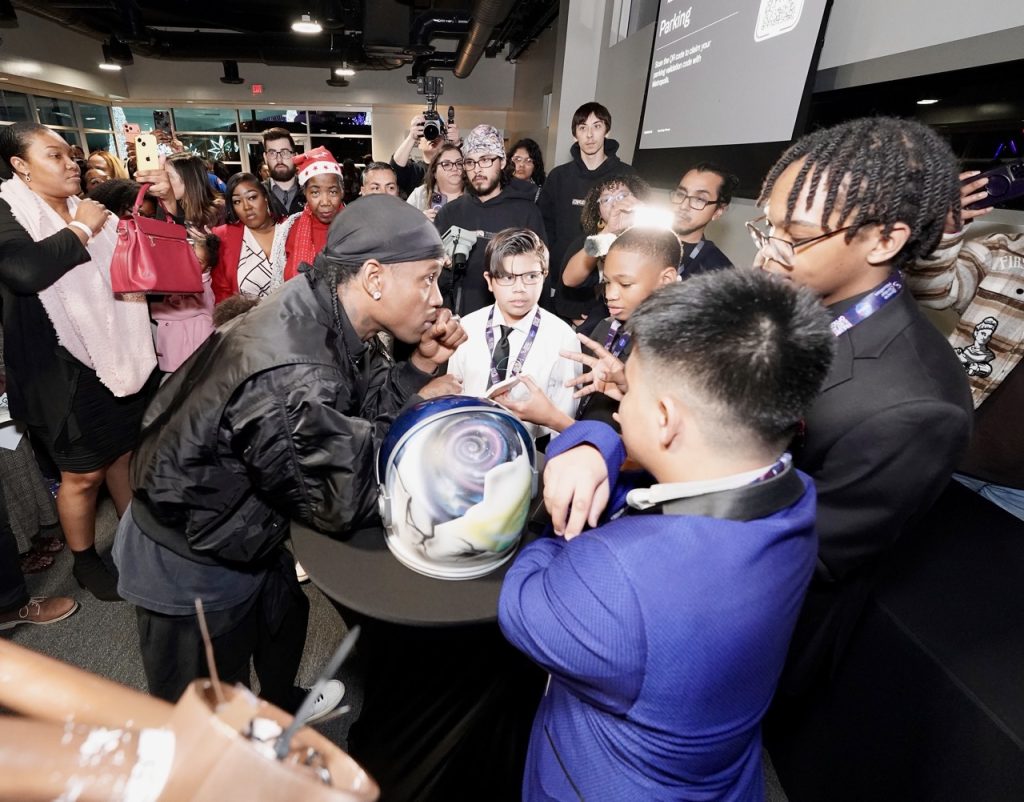Fruit flies, flatworms, and roundworms, oh my! It’s almost Halloween, so we are highlighting three creepy, crawly science experiments that have taken place onboard the International Space Station (ISS).
Try not to squirm in your seat while we introduce you to some eerie model organisms being studied in space!
Fruit flies battle disease in zero gravity
According to NASA, spaceflight can weaken both a human’s and animal’s immune system, which can make them more susceptible to infection. However, while humans and animals suffer from weakened immunity in zero gravity, microbes can become more virulent in space.

Thus, this experiment, known officially as the NASA Ames Research Center (ARC) ISS Drosophila Experiment, or Fruit Fly Lab-01, set out to study immune responses in fruit flies when exposed to harmful microbes in space.
You may be wondering, why use fruit flies? First, because they are easier to research. Secondly, because fruit flies are a model organism, which in this case means their immune system bears many similarities with a human’s, making them the ideal specimen for studying the effects of microgravity on biological systems.
The results of the study demonstrated that pathogens do undergo physiological changes in microgravity that make them more virulent.
Researchers discovered that the pathogen used in this study was more lethal to the fruit flies in zero gravity than it was on Earth. In fact, once the pathogen had been returned to Earth, investigators found that it was no longer as virulent as it had been on station.
This research investigation took place during Expeditions 41/42 (2014-2015). Learn more about the experiment by clicking here.
Roundworms help scientists understand muscle atrophy in space
Roundworms are tackling a big challenge onboard the ISS, one astronauts face during long duration space stays: muscle and bone density loss.

During Expedition 41/42 and 43/44 (2014-2015), the Japan Aerospace Exploration Agency (JAXA) conducted an experiment to study another model organism, C. elegans, a roundworm.
Investigators studied the muscle fibers and cytoskeleton of the worms to understand how microgravity can alter these systems.
Results from this study will aid scientists in understanding the physical changes that occur in humans during prolonged spaceflights, and might also help patients on bed rest, who experience similar muscle deterioration and bone density loss.
Learn more about this experiment here.
Flatworms regenerate tissue on station to help researchers learn about healing wounds in space

How does microgravity affect healing? That’s exactly what one study set out to examine…with the help of flatworms!
Since flatworms can regenerate their own tissue, NASA scientists researched them during Expedition 41/42 in the hopes that they could learn something about how microgravity affects their regeneration.
The results?
According to this NASA ISS research report, the flatworms that traveled to space with missing tails and heads were able to regenerate their tissue to the same size as those on Earth. However, it was also discovered that the flatworms in space exhibited “unusual characteristics” like a double head!
The bacteria that lives on the flatworms changed while in space as well.
While microgravity did have an effect on the flatworms, they were still able to regenerate their tissue, an important step forward in understanding how gravity affects the healing of damaged organs and nerves, and tissue repair, which may help astronauts in the future.
Learn more about this experiment here.
Healing wounds in zero gravity, maintaining performance by preventing muscle atrophy and bone density loss, and learning about how microgravity affects the human immune system and pathogens, are all key to ensuring astronauts safety as they continue to live and work in space.
All three of these studies were extremely important as they yielded data that can help patients on Earth, as well as astronauts, who will eventually spend longer duration stays in space as humans return to the Moon, venture to Mars, and beyond.
Looking for creepier crawlies? Don’t miss your chance to see Spidernaut at our upcoming Galaxy Frights experience Oct. 30 and 31.









